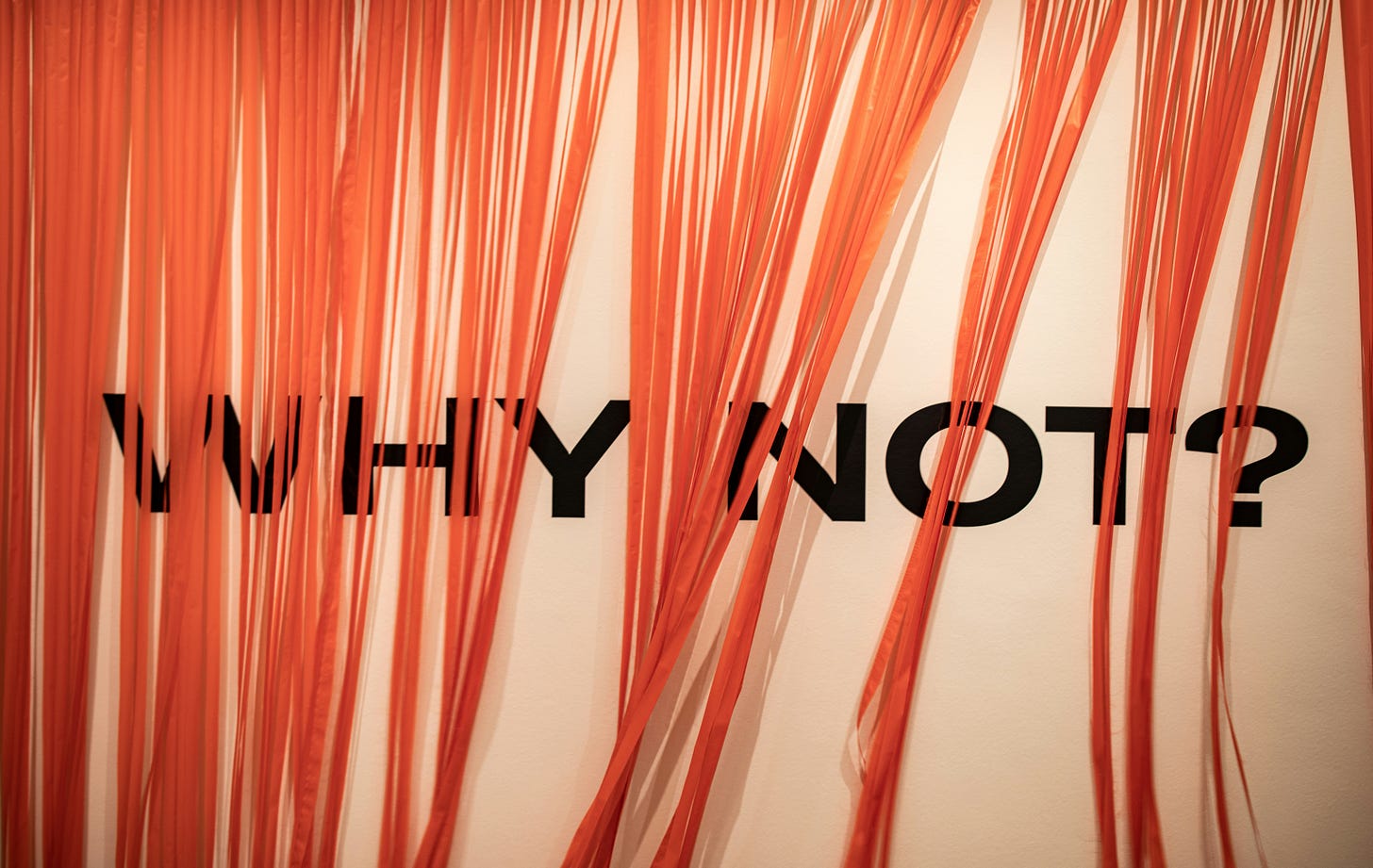The Secret To Change
Three strategies for leading transformation that actually lasts
“The only thing constant is change,” my yoga teacher said as we were doing our umpteenth vinyasa of the day. Plank. Chaturanga. Up-dog. Down-dog.
Wait, what? Did I hear that correctly?
I know the expression well. I’ve used it often enough over the course of my career—although never in a yoga class.
I briefly contemplated how the saying applies to yoga as the instructor transitioned us from down-dog to low lunge. Does it? I’ll let you decide for yourself if and how it fits.
It certainly applies to everything else in life, however.
Easy to Find, Hard to Do
Change is all around us. It’s everywhere, all the time.
I’ve spent a career leading transformation and change, and I love doing it. Even though it’s hard. Maybe especially because it’s hard.
We all want change to occur, we just want someone else to do it. Organizations say they want change, too, but they’re woefully unprepared for it.
I had an institutional leader tell me once:
You can change as much as you want, as long as no one complains.
So basically, change nothing. 🙄
Because in higher education, at least, someone’s always going to find something to complain about:
the new video conferencing tool—why do I have to learn a new one?
the software upgrade you were required by the vendor to do—my syllabus uses an older version!
the computer refresh cycle—it’s too long, too short, why do I have to upgrade to a new computer when mine is only 7 years old?!?
(All real examples, btw.) Name it, and someone will complain about it.
The Secret to Change
Change doesn’t come from shiny new technology or systems (sorry, IT friends). AI may be game-changing, but it isn’t going to drive change in your organization by itself.
The secret is no secret at all, just tried and true strategies that work for most things in leadership—clarity, consistency, transparency, a sprinkle of optimism, and some good old fashioned patience.
I’m notoriously short on patience in many areas of leadership and life, but not when it comes to leading change. I’ve learned that you have to play the long game to deliver lasting results.
Here are three strategies I’ve used to successfully lead change across multiple organizations and transformation initiatives:
Continually emphasize the “why.”
People need to understand not just what's changing, but why it matters to them specifically.
Every time I’ve been given a change mandate coming into a new role, I’ve conducted a listening tour to understand the perspective and needs of all of my stakeholders—internal employees, different departments, faculty, executive leadership, and more. I’ve synthesized the findings, shared them back out with everyone, and built a strategy that addresses them.
Building the strategy isn’t enough, however. You have to connect the dots for your stakeholders—directly and repeatedly. You have to tell them: “Here’s what I heard, and here’s how it connects to the strategy we now have.”
I've learned to tell the story over and over again—in emails, meetings, hallway conversations, team standups, you name it. Communicate the “why” early and often, and when you think you’ve communicated enough, do it some more.
Seriously. There’s no such thing as too much communication.

Set expectations and ask for grace.
Change is messy. It's going to create unexpected problems, break things, and frustrate people. You cannot avoid this.
If you’ve ever done any sort of construction project you know that things get worse before they get better. If you want a shiny new, LEED-certified high-rise, you have to tear down the lead-infested, 1970s office building that stands there today. And that creates a mountain of rubble, tons of debris, and a huge dusty mess.
Set clear expectations with stakeholders up front: “We aren't going to get a new outcome without breaking a few things along the way. You may experience longer wait times with the Help Desk while we hire new staff, create new processes, or implement new software. Please be patient with us.”
When you prepare people for the mess, they’re more likely to give you grace throughout the process—to a point.
You can’t rely on stakeholders’ good will forever.
You have to demonstrate progress—regular and transparent updates help here—and look for ways to create quick wins that continue earning stakeholder trust and patience.
Focus on culture above all else.
Technology and processes are the (relatively) easy part. Culture is where change lives or dies. You may also know this as the famous Peter Drucker quote:
Culture eats strategy for breakfast.
Let me say it again, for the folks in the back:
Before you can change the tools that people use, and the ways in which they use them, you have to change how people think and approach their work.
In every new organizational transformation I’ve led, I’ve focused on strategy and culture first—other changes came later.
Practically, this has meant seeing very few technology changes in the first year as we built the cultural foundation, through activities like:
implementing transparent communication mechanisms and feedback loops
rebuilding office space to foster cross-team communication and collaboration
introducing ITIL, agile, and other frameworks to promote new ways of thinking and working
funding team members to identify and fix their biggest annoyances or pain points
flattening team structures and engaging every team member in designing the future

Although it can sometimes feel like no “real” progress is being made with a culture-first focus, it will have a multiplying effect in the long run.
With a new culture in place, your entire team will drive change, not just you. (This is where patience comes in.)
The key is to identify the specific cultural elements you need to drive the change you want. Do you need more collaboration, innovative thinking, bias for action, trust … or something else? Build this muscle first.
Change is a Practice
As I finished my yoga class—sweaty, slightly sore, but completely re-energized—I realized my instructor was right after all.
Change is the only constant, even in yoga. Every time you step on the mat, your body is different. The practice isn't about achieving some perfect pose—it’s about showing up and adapting.
Leading organizational change is the same. It's not about executing a flawless plan and declaring victory. It just requires you to embrace the beautiful mess, show up consistently, and stay focused on your why.
Thankfully, you don’t have to get everything right the first time. As with yoga, it’s about progress over perfection—getting a little bit better, every single day.
Bonus read: Culture-building may not be what you had in mind when you took a leadership role. But the real work of leadership isn’t always what you think.
Meetings vs "Real" Work
On my busiest work day in the last month, I had a whopping 11 meetings on my calendar. It was higher than normal, for sure—on an average day, I have 7-9 meetings scheduled—but not as rare as I’d like.




